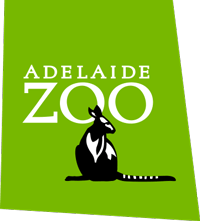Echidnas are one of two species of monotremes, or egg laying mammals, and are found throughout Australia and New Guinea. The only other monotreme is the Platypus. They’re covered in coarse hair and spines which provides good protection against predators. Normally a solitary and timid animal, echidnas will curl into a spikey ball at the first hint of noise or movement.
Echidnas are insectivores and eat mainly ants and termites. They don’t have any teeth so instead they use their narrow beak and long sticky tongue to mop up dinner from inside ant nests and termite mounds.
One month after mating, a female echidna lays a single soft-shelled leathery egg and deposits it in her pouch. A baby echidna, called a puggle, hatches ten days later and is carried around by mum for about two months, feeding on her milk. Puggles start life off without any spines. Once spines start to develop and it becomes too spikey to carry, the mother will dig a burrow for it to live in.
Echidnas are generally found in forests and woodlands hiding under the vegetation and are the most widely distributed native Australian mammal across the country.








